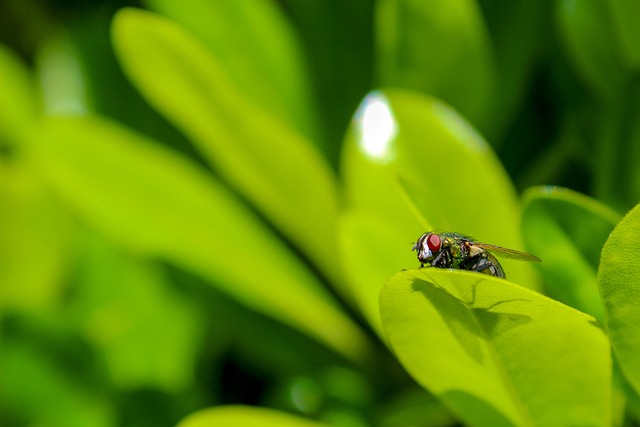Wildlife infestations, particularly from rodents, pose significant challenges for homeowners and businesses. Effective Wildlife Pest Control requires addressing entry points, using non-lethal deterrents and repellents, and following local regulations. DIY solutions like sealing gaps and setting up physical barriers can be effective for minor invasions, but complex or severe infestations often necessitate professional services. Balancing ecosystem preservation with pest management involves strategic techniques to minimize harm to non-target species while addressing wildlife-related environmental issues.
Rodent and wildlife infestations can pose significant challenges for homeowners and businesses alike. This comprehensive guide delves into the intricate world of wildlife pest control, offering a strategic approach to managing and preventing unwelcome visitors. From understanding common rodents and their behaviors to exploring humane alternatives and legal considerations, we equip you with the knowledge needed to navigate this complex issue effectively. By implementing evidence-based strategies, you can secure your space while preserving the balance of local ecosystems.
Understanding Wildlife Infestations: Common Rodents and Their Behavior
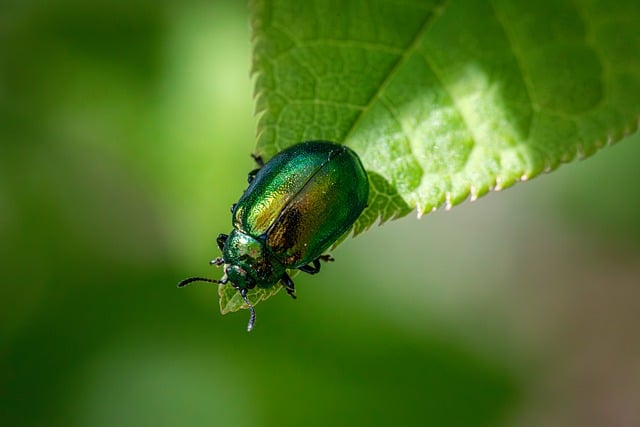
Wildlife infestations, particularly from common rodents like mice and rats, are a significant concern for many homeowners and businesses. These pests can quickly transform from an occasional sight to a full-blown problem, causing damage to structures and posing health risks. Understanding their behavior is key in implementing effective wildlife pest control measures.
Rodents are highly adaptable and will seek out food, water, and shelter in areas where they find these resources. They are excellent climbers and can gain access to buildings through small openings, such as cracks in foundations or gaps around pipes and wires. Once inside, rodents establish nests, often in secluded areas like walls, attics, or crawl spaces, and quickly reproduce, leading to a growing population that can be difficult to control.
Identifying Signs of Wildlife Presence in Your Home or Property
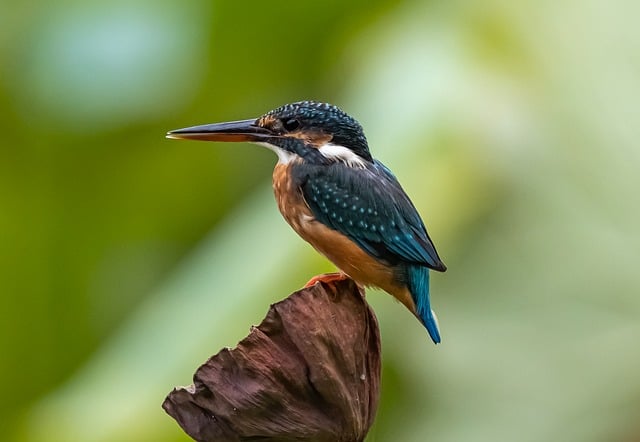
Many homeowners often overlook the signs of wildlife presence until it becomes a full-blown infestation. The first step in effective wildlife pest control is identifying potential entry points and unusual behavior. Look for unusual noises like scurrying or scratching sounds coming from walls, attics, or crawl spaces. You might also notice droppings (often visible as dark, granular material) left behind by various animals, which can indicate their presence.
Another telltale sign could be visual evidence, such as tracks, fur, or feathers. Some species leave distinctive markings or even build nests within structures. If you detect any musty odors, it might suggest the presence of rodents or other small animals. Regular inspections and addressing these signs promptly are crucial to prevent wildlife from establishing a habitat in your home or property.
Traditional Methods of Wildlife Control: Trapping and Poisoning

In the realm of wildlife control, traditional methods such as trapping and poisoning have been employed for decades to manage rodent and pest populations. These techniques, though effective, come with drawbacks that can significantly impact the environment and non-target species. Trapping, a common practice, involves setting traps to capture or kill animals, but it can lead to injuries or deaths of unintended creatures, including beneficial insects and birds.
Poisoning, another conventional approach, uses toxic substances to eliminate pests. While this method may seem efficient in the short term, it poses significant risks to ecosystems. Poisons can contaminate soil and water sources, affecting not only wildlife but also domestic animals and human health. Moreover, poisoned rodents may die in hard-to-reach areas, leading to decomposition issues and further environmental damage, highlighting the need for more sustainable Wildlife Pest Control methods.
Humanefr Alternatives to Wildlife Removal: Deterrents and Repellents
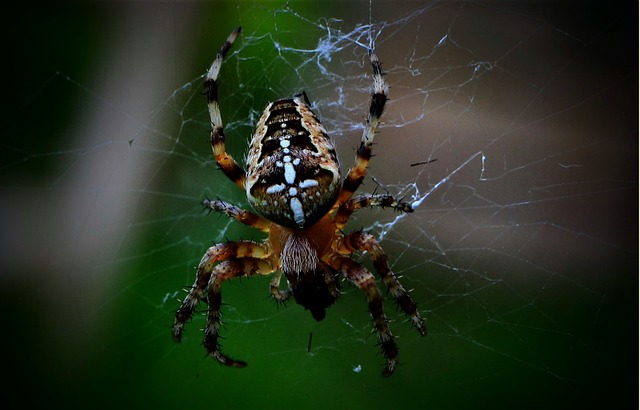
When it comes to wildlife control, there’s a growing awareness of more humane alternatives to removal. One effective approach is employing deterrents and repellents, which offer a non-lethal way to keep wildlife at bay. These methods are especially valuable for property owners seeking to manage pests without causing harm.
Deterrents work by making an area less appealing to animals, while repellents encourage them to stay away through scent or taste. From motion-activated sprinklers that startle wildlife to natural oils and scents like peppermint or garlic, these solutions are environmentally friendly and safe for both humans and pets. Integrating such techniques into a comprehensive wildlife pest control strategy can lead to successful coexistence between humans and their wild neighbors.
DIY Solutions for Minor Wildlife Invasions
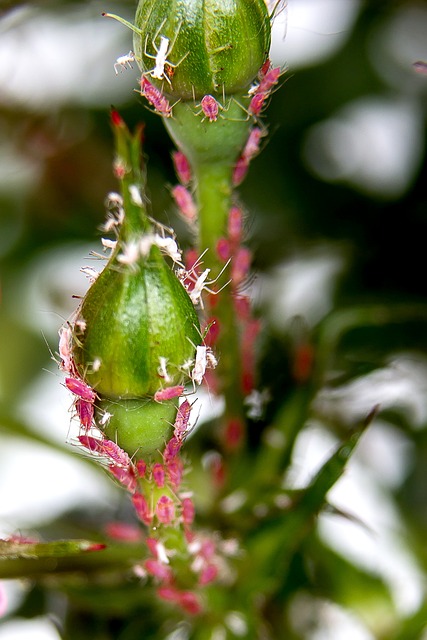
When dealing with minor wildlife invasions, many homeowners opt for DIY solutions as an initial step in wildlife pest control. This can involve setting up physical barriers to prevent re-entry, such as sealing gaps around pipes and vents with steel wool or foam, and installing one-way doors that allow animals to exit but not re-enter. Trapping is another common method, using live traps to capture and release unwanted critters humanely.
For those comfortable with it, DIY solutions offer a cost-effective way to manage wildlife encounters. However, it’s important to research the specific species and understand their behaviors to ensure effective and humane control. Additionally, if the infestation persists or becomes more severe, professional help may be required for comprehensive wildlife pest control services.
Professional Wildlife Control Services: When to Hire Experts

Many homeowners attempt do-it-yourself methods for rodent and wildlife control, but there are times when professional services are necessary. Wildlife pest control experts possess specialized knowledge and equipment to handle invasive species safely and humanely. They are equipped to navigate complex situations, such as managing hard-to-reach areas or dealing with potentially aggressive animals.
Hiring professionals is especially crucial in cases of severe infestations or when dealing with protected or endangered species. These specialists can provide long-term solutions by identifying and sealing entry points, implementing targeted traps, and offering prevention strategies. Their expertise ensures effective control while minimizing environmental impact, making them a reliable choice for addressing persistent wildlife pest issues.
Legal Considerations and Regulations in Wildlife Pest Control
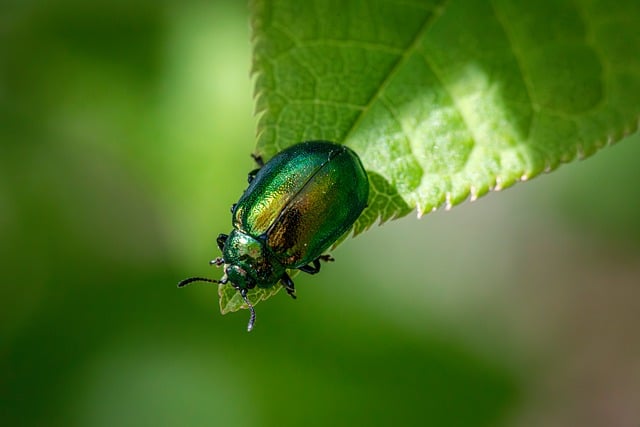
When it comes to wildlife pest control, especially involving rodents and other animals, understanding legal considerations and regulations is paramount. Different regions have distinct rules and guidelines governing the practices, methods, and entities permitted to engage in such activities. For instance, some areas require specific licenses or permits for trapping, handling, or even simply possessing certain wildlife species. Non-compliance can result in fines or legal repercussions.
Moreover, many jurisdictions prioritize humane and ethical treatment of animals, imposing restrictions on the tools and techniques employed. This includes regulations around live traps, poison baits, and the transport and relocation of captured wildlife. Property owners should consult their local wildlife agencies or authorities to ensure they understand and adhere to these laws, thereby contributing to a balanced ecosystem while effectively managing unwanted wildlife pests.
Preventive Measures: Securing Your Space Against Future Infestations
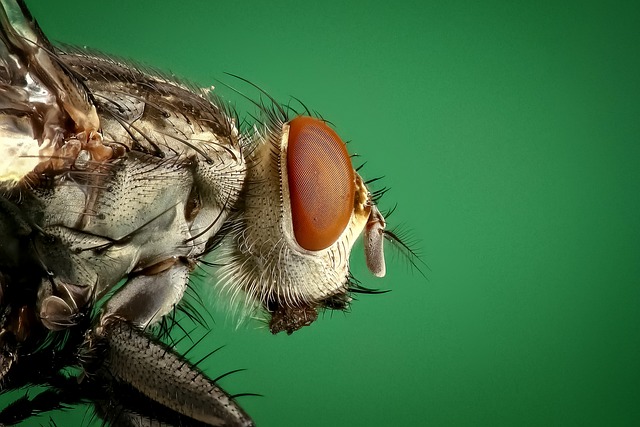
To prevent future wildlife and rodent infestations, securing your space is a proactive measure that forms an integral part of effective wildlife pest control. Start by inspecting your property for any potential entry points, such as gaps in walls, floors, or ceilings, and windows with faulty screens. Seal these openings using appropriate materials like steel wool, caulk, or mesh to deter rodents and other pests from finding their way inside. Regularly trimming bushes and trees near your home can also help reduce the risk of wild animals seeking shelter in these areas.
Additionally, maintaining a clean environment is crucial. Store food in airtight containers, regularly clean outdoor dining areas, and promptly clean up any spills or crumbs to eliminate sources of attraction for pests. Keep your garden well-maintained by removing excessive vegetation and debris, as they can provide hiding spots for rodents. By implementing these preventive measures, you create an unwelcoming environment for wildlife pests, significantly reducing the likelihood of future infestations.
The Impact of Wildlife on Ecosystems and the Environment
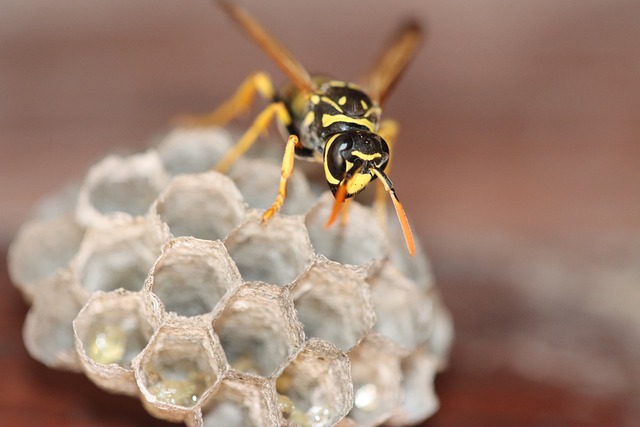
Wildlife, including rodents, plays a complex role in ecosystems and environments. While they contribute to biodiversity by maintaining ecological balance, unchecked populations can lead to significant environmental issues. Rodents, for instance, are known to cause substantial agricultural damage, spreading diseases, and altering vegetation structures. Their burrowing activities can disrupt soil stability, while their feeding habits can deplete natural resources, affecting other wildlife species.
Effective wildlife pest control is essential to mitigate these impacts. It involves strategic management techniques aimed at reducing or eliminating problematic species without causing harm to non-target organisms. Balancing the need for ecosystem preservation with the challenges posed by invasive or overpopulating wildlife requires a nuanced approach, one that prioritizes sustainable solutions for both human habitats and natural environments.
